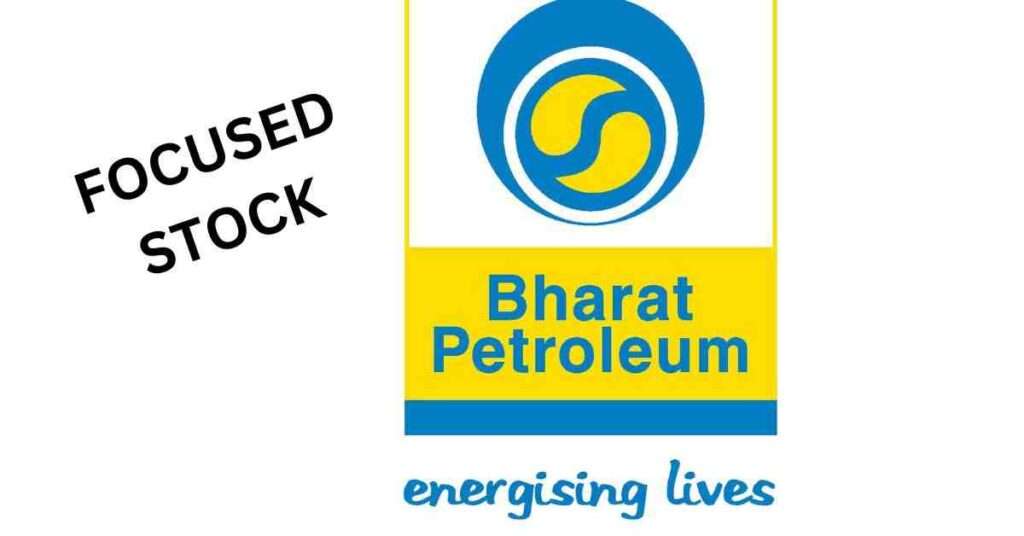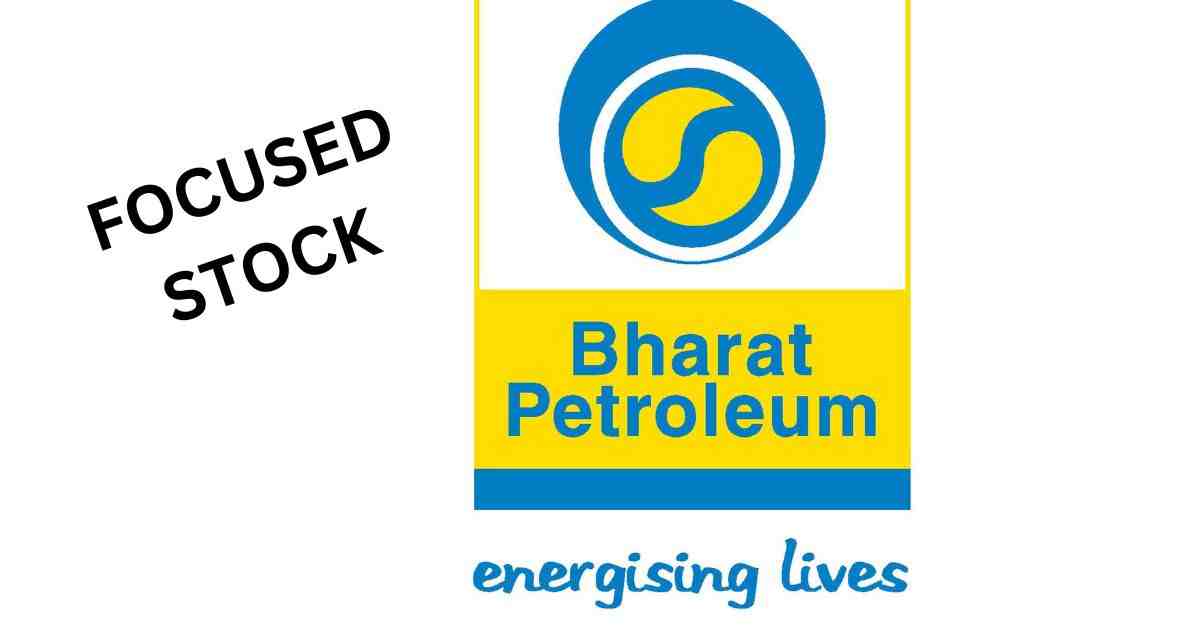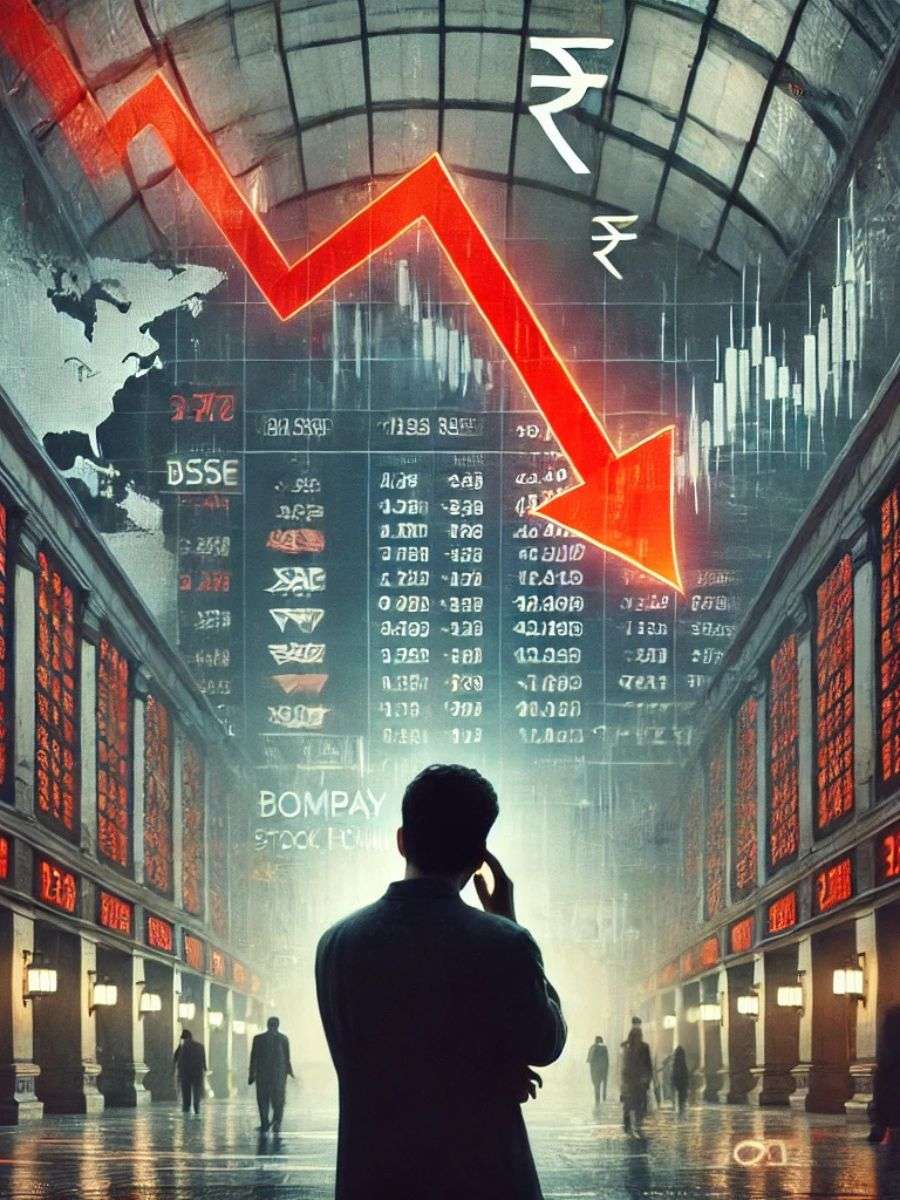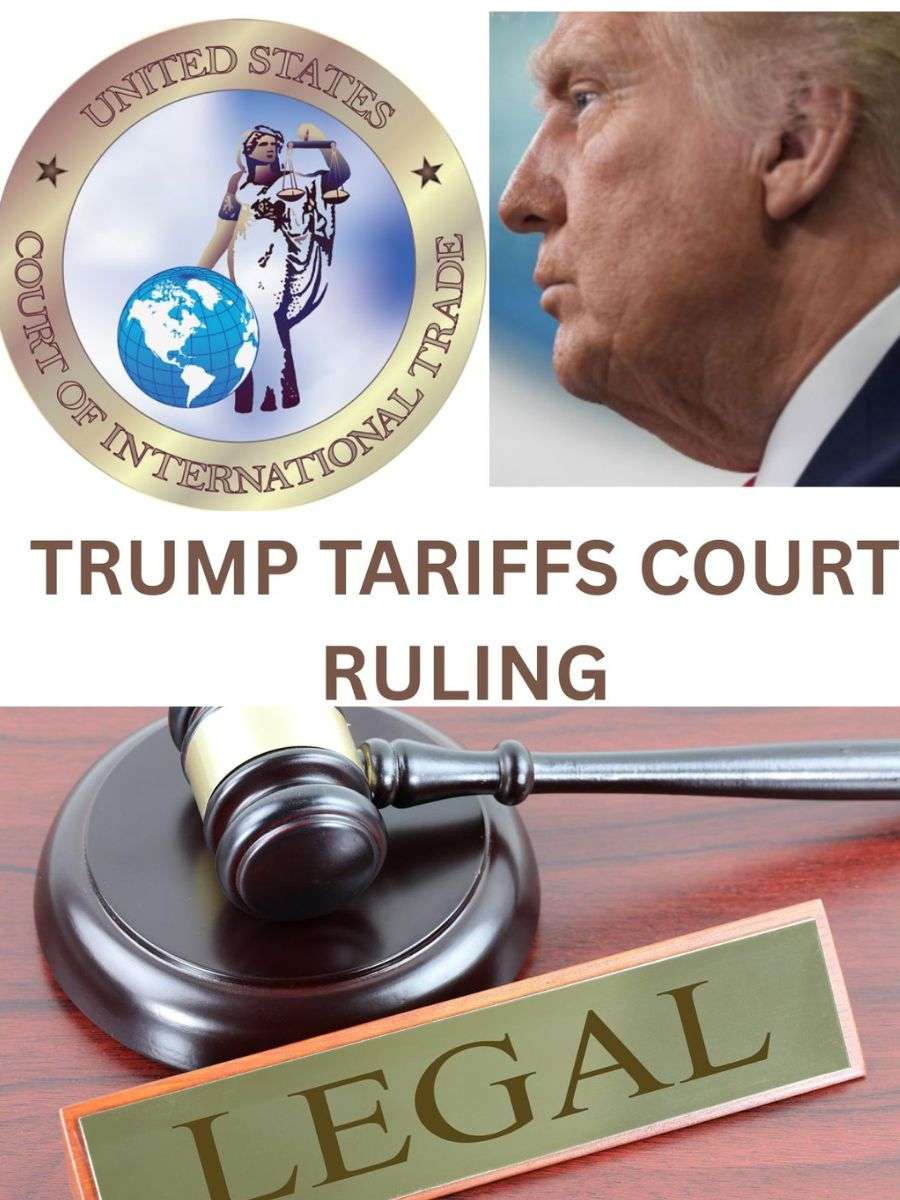Overview
Discover why BPCL share price reaching a 52-week high is a golden opportunity. Jefferies’ optimistic outlook, upgrade to ‘BUY,’ and 7 key reasons for over 30% potential gains await you.

Introduction:
In a notable turn of events, BPCL share price surged over 5% on Friday, reaching 52-week highs. Jefferies, a renowned financial institution, has not only upgraded BPCL to a ‘BUY’ but also set a target price of ₹890, indicating a potential 30% upside from the current levels around ₹670. Dive into this article to explore the 7 compelling reasons behind Jefferies’ optimistic stance.
BPCL Share Price: The Morning Surge
BPCL Share Price recent performance in the morning trades showcased an impressive gain of more than 5%, elevating its share price to new 52-week highs. This surge caught the attention of financial analysts and investors alike, setting the stage for Jefferies’ positive evaluation.
Jefferies’ Endorsement: Upgraded to ‘BUY’
Jefferies India Pvt Ltd, a leading financial services company, has not only taken notice of BPCL’s recent upswing but has also given a strong endorsement by upgrading the stock to a ‘BUY.’ The target price set at ₹890 reflects Jefferies’ confidence in the stock’s potential for significant gains.
The Steepest Discount: Unlocking More Than 30% Upside
Analysts at Jefferies point out a compelling factor driving their optimism—the stock is currently trading at the steepest discount to its past peak. This, coupled with the upgraded status and target price, suggests a potential upside of more than 30% for BPCL share price.
7 Key Reasons for Jefferies’ Optimism
Now, let’s delve into the 7 key reasons Jefferies anticipates substantial gains for BPCL share price:
1.Government Non-Intervention in Retail Pricing
Despite concerns of government intervention during a heavy election season in December, there has been no interference in the retail pricing of gasoline and diesel. Jefferies sees this as a positive sign, instilling confidence in normative marketing margins in FY25.
2.Rangebound Oil Prices
Oil prices have maintained a $75-85 per barrel range since November, despite geopolitical challenges. Jefferies believes a meaningful increase in oil prices is unlikely in CY2024 unless there’s a shift in OPEC+’s stance on production cut targets.
3.Refining Strength Amid Red Sea Disturbances
Red Sea disturbances, accounting for 14% of global refined product supplies, have led to a significant drop in tanker transit. This disruption has driven up diesel spreads by 40% since December, with projections suggesting continued elevation into 1QFY25.
4.Diesel marketing losses
To counteract the negative effects, OMCs may be permitted to increase retail prices after the May elections.
Gas and diesel marketing margins fell from ₹10 and ₹3.5 per liter in December to ₹5.5 and ₹1.3 per litre at now. According to Jefferies estimations, diesel crack strength has caused the spot marketing margin to drop to ₹1.5 per liter at this time. Because of the negative refining to marketing ratio (0.54x in FY25 projected), Hindustan Petroleum Corporation’s earnings before interest tax, depreciation, and amortization (Ebitda) would be most negatively impacted by the same. If the refining strength continues, the effect on BPCL share price and IOCL share price, which have ratios of 0.7 times and 0.8 times, respectively, would be less in FY25. In order to lessen the negative effects, Jefferies also anticipates that OMCs may be permitted to increase retail prices after the May elections.
5.Peak-cycle multiples provide for more upside
OMCs saw their peak multiples during the course of the 2014–17 calendar year due to the halving of the price of oil and the expectation of compound increase in marketing margins after the government’s deregulation of the diesel price in 2015. According to Jefferies analysts, there is a potential upside of more than 36% for BPCL share price from the present market price if OMC multiples return to their previous top based on Goldilocks’ expectation of a comfortable oil price and robust profitability.
6.Blue-sky scenario
Previously, the government permitted OMCs to generate integrated profits within a fair range for both marketing and refining. Jefferies projects a 43% upside for BPCL Share Price if historical precedent is followed and OMCs are permitted to earn normative marketing margins in FY25 in addition to reaping the benefits of higher refining profitability.
7.BPCL Share Price trades at the sharpest discount to its previous high
Considering its peak cycle multiple, BPCL Share Price has the most margin of safety. Until the national elections, any marketing losses in diesel won’t have a significant effect on its profitability, according to Jefferies.
BPCL Share Price Margin of Safety
Jefferies highlights BPCL’s unique position in offering the largest margin of safety when compared to its peak cycle multiple. This positions BPCL favorably, making its earnings less susceptible to potential marketing losses in diesel till the national elections conclude.
Expert Insights: Rally of OMCs Since October
The broader context reveals that OMCs, including BPCL, have witnessed a notable rally of 90-130% since October. This rally is attributed to rangebound oil prices and the government’s hands-off approach to auto fuel pricing.
Conclusion:
Amidst the intricate tapestry of diesel marketing setbacks, an intricate tableau unfolds, revealing not only challenges but also latent prospects awaiting exploration. Keen scrutiny of governmental interventions, historical precedents, and the post-election price adjustments by OMCs is imperative for a nuanced comprehension of the forthcoming trajectory. In the fluid metamorphosis of market dynamics, BPCL emerges as a tantalizing investment prospect, buttressed by the sanguine prognostications of Jefferies. The upswing in share values, coupled with the auspicious factors delineated by Jefferies, positions BPCL as an alluring avenue for investors harboring aspirations of substantial returns.
FAQs
1. What triggered the recent surge in BPCL Share Price? Jefferies’ upgrade to ‘BUY’ and the stock reaching 52-week highs ignited the recent surge, indicating strong confidence in BPCL’s potential.
2. Why does Jefferies anticipate more than 30% upside for BPCL Share Price? Jefferies points to several factors, including the steepest discount to past peaks, government non-intervention, and the rangebound oil prices, supporting their optimism.
3. How has Red Sea disturbances positively affected BPCL’s refining strength? The disruptions in the Red Sea have led to decreased tanker transit, driving up diesel spreads for BPCL and contributing to refining strength.
4. Why is BPCL considered to have the largest margin of safety according to Jefferies? Jefferies highlights BPCL’s unique position, offering the largest margin of safety compared to its peak cycle multiple, making it resilient to potential marketing losses.
5. What has been the overall trend for OMCs, including BPCL, since October? OMCs, including BPCL, have experienced a substantial rally of 90-130% since October, driven by rangebound oil prices and government policies.
6. How likely is government intervention in retail pricing according to Jefferies? Jefferies notes that despite concerns, the government has stayed away from intervening in the retail pricing of gasoline and diesel, instilling confidence in normative marketing margins.
7. What role does the rangebound oil price play in Jefferies’ outlook for BPCL? Jefferies believes that the oil price remaining within the $75-85 per barrel range since November is a significant factor supporting their positive outlook for BPCL.
8. What led to the collapse of marketing margins on gasoline and diesel? The collapse is attributed to a significant reduction from ₹10 and ₹3.5 per litre to ₹5.5 and ₹1.3 per litre for gasoline and diesel respectively, impacting the entire industry.
9. How does the adverse refining to marketing ratio affect Hindustan Petroleum Corporation? Hindustan Petroleum Corporation’s Ebitda is most affected due to its adverse refining to marketing ratio of 0.54x in FY25 estimated.
10. Which companies are expected to have a lower impact on marketing losses in FY25? BPCL and IOCL, with refining strength sustaining and ratios of 0.7 times and 0.8 times respectively, are anticipated to experience a lower impact.
11. What is the historical significance of peak-cycle multiples for OMCs? Between 2014-17, OMCs enjoyed peak multiples due to a halving of crude prices and the government’s deregulation of diesel prices in 2015.
12. What is the upside potential for BPCL Share Price according to Jefferies analysts? Jefferies anticipates a more than 36% upside for BPCL if OMC multiples return to their past peak, considering a comfortable oil price and strong profitability.
13. How does the blue-sky scenario differ from historical government policies? The blue-sky scenario envisions a departure from the past, where OMCs could be allowed normative marketing margins in FY25, contributing to a 43% upside for BPCL.
Open Your Demat Account with Discount Brokers:
ZERODHA 1) : https://zerodha.com/open-account?c=EJ4366
Angelone 2) : https://tinyurl.com/2gloc3g6 or
Upstox3): https://link.upstox.com/9w4tNo1rK8au7VK47









